Lax
Ancient Egypt is the starting point for the development of flax. Twenty thousand years ago, the ancient Egyptians began growing flax in the Nile Valley. India is also one of the first countries to discover linen, and there are records of linen in many ancient documents. Flax has been grown in the historical Flanders region of present-day Belgium’s East and West Flanders provinces, and according to linguists, Belgium’s name is Celtic. Medium flax means. China also has a history of flax cultivation for more than 600 years.
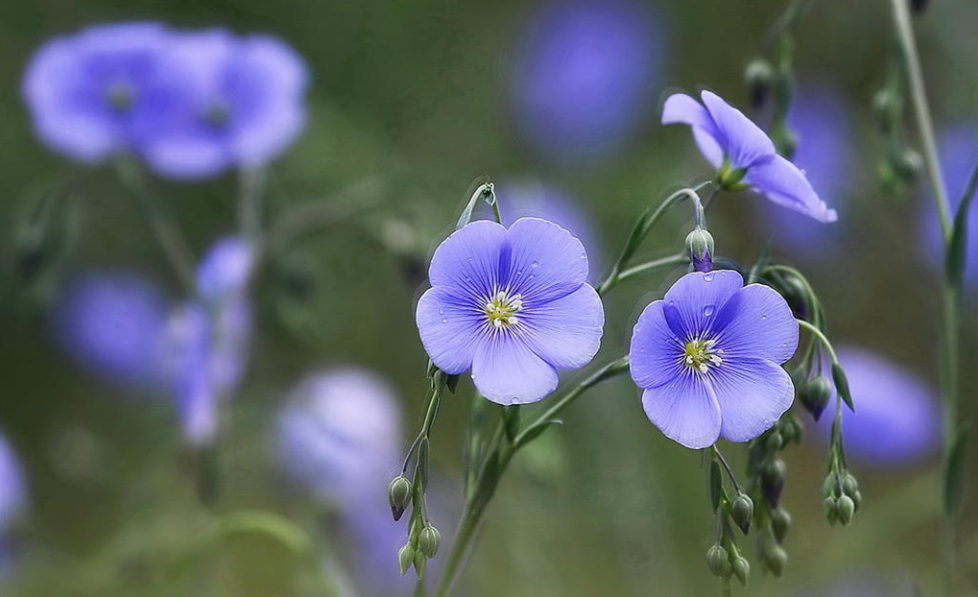
There are currently more than 20 countries in the world and areas growing flax for fiber. The top four countries by planting area are Russia, China, Belarus, and France.
Russia ranks first in the world in terms of linen production area , and its production and scientific research levels are in an internationally leading position. The main breeding objectives of All-Russian flax of the Russian National Academy of Agricultural Sciences are high-quality fiber, high yield and disease resistance.
China’s flax growing areas are mainly distributed in North China ,North-west region. Heilongjiang, Inner Mongolia, Shanxi, Gansu and Xinjiang have the largest output.
Abaca
The main international producing countries are the Philippines, Ecuador, Guatemala and other tropical countries. Mindanao in the Philippines is one of its origins, and Davao is the national abaca processing center. A large amount of rough-processed abaca fiber is exported to Europe.
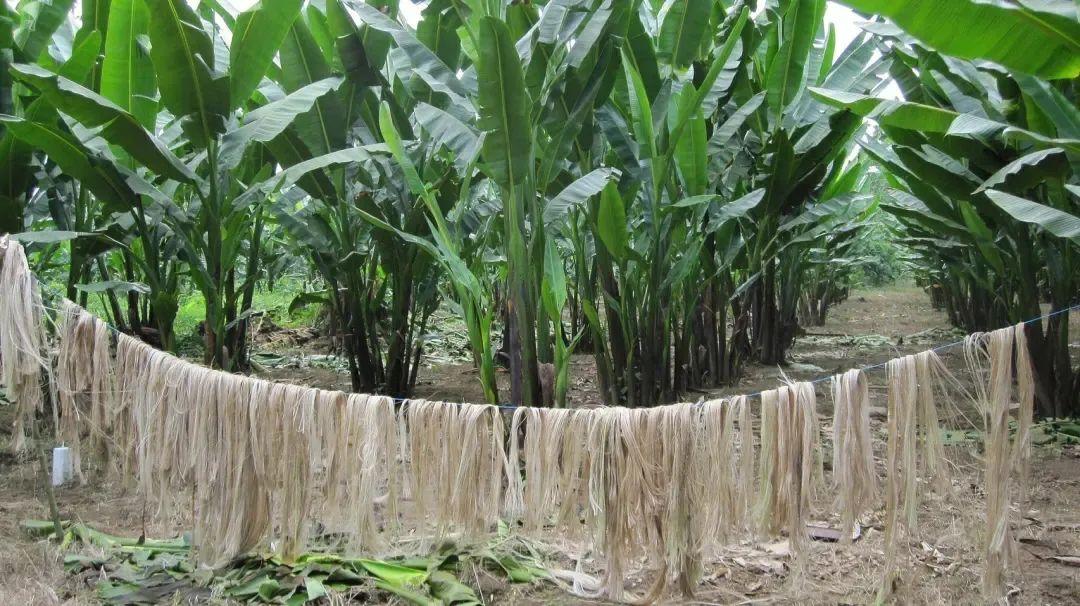
Abaca growth requires high temperature and high temperature Wet and well-drained, it is suitable for calm or light wind environments. It is most suitable to grow in an environment with deep, fertile soil and good drainage. There are basically no such areas in our country. It is only grown sporadically in Guangdong and Taiwan and has not been put into large-scale production.
Sisal
Sisal is native to Mexico and is now mainly grown in Africa, Asia, Latin America and other places. It is the most widely used hard fiber in the world today, accounting for 10% of the world’s hard fiber. 2/3 of the quality fiber output. Tanzania is a world-famous “main producing area of high-quality sisal” and is known as the “Kingdom of Sisal”. In the past 10 years, due to land resource constraints, production cost growth and other factors, the global total sisal planting area and total output have increased. Fluctuations, the overall production scale showed a slight downward trend.
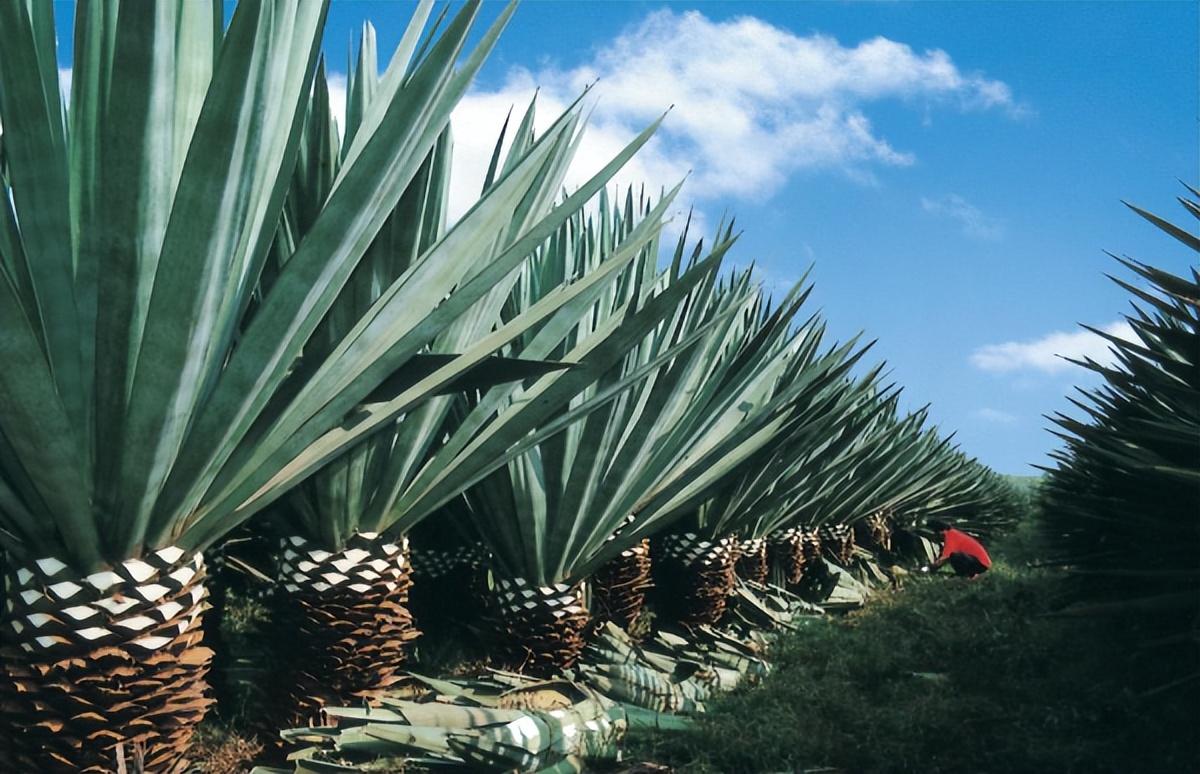
In 2010, China Agricultural Development Group and The China-Africa Fund cooperated to establish the China-Africa Agricultural Investment Company, which invested in sisal projects in Tanzania. It has planted 28,000 acres of sisal and produced 21,000 tons of sisal fiber. It is the only Chinese-funded enterprise investing in sisal planting and processing in Africa. Tanzania’s processing industry is relatively backward and the technology is not yet complete. Chinese companies can further explore the Tanzanian sisal market, improve the sisal industry, and maximize the value of sisal.
ramie
Ramie is one of the important fiber crops in ancient China. Native to southwest China. It was already cultivated in some places in the middle and lower reaches of the Yangtze River in the Neolithic Age. Ramie is more adaptable to temperate and subtropical climates. In addition to China, it is also grown in Vietnam and Laos.
China has a vast ramie production area, and its main products are The area is located in the hilly areas and alluvial plains of the Yangtze River Basin between 19° and 35° north latitude, with a mild climate, abundant rainfall, and fertile soil. The four provinces of Hunan, Sichuan, Hubei, and Jiangxi have the largest planting areas, followed by Anhui and Chongqing. , Guizhou, Guangxi, Yunnan, Henan and other provinces (municipalities and autonomous regions); there is also a small amount of planting in some places in Zhejiang, Jiangsu, Fujian and Guangdong.
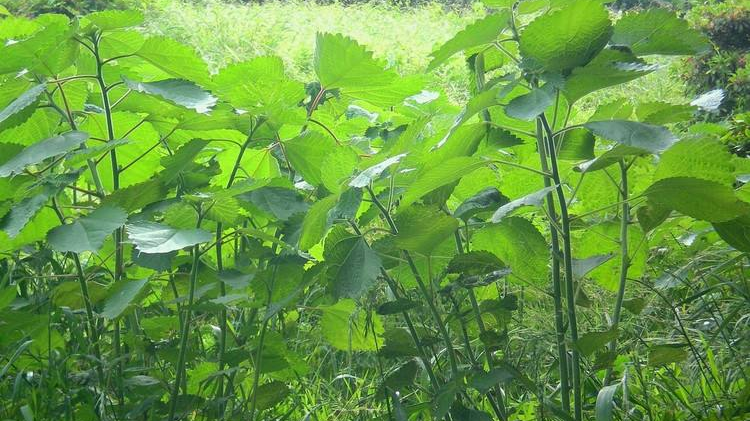
Jiangxi Province is one of the four main production areas of ramie in China. The province’s ramie spinning industry is dominated by ramie. There are tens of thousands of hemp farmers in Xinyu City, with tens of thousands of acres of ramie planting area, and the penetration rate of improved varieties is 95%. Above. It has won the title of “National Ramie Standardized Cultivation Demonstration Area”.
hemp (hemp)
Cannabis production is widely distributed in the world, mostly in Asia and Europe, but also in the Americas and Oceania. Distribution. At present, countries with a large number of cannabis production in Asia include China, India, and North Korea; Europe has more cannabis production before the Soviet Union; Americas include Colombia, Mexico, Chile, Jamaica, the United States, and Canada, etc.; Oceania is concentrated in Australia, New Zealand, and Papua New Guinea and other places.
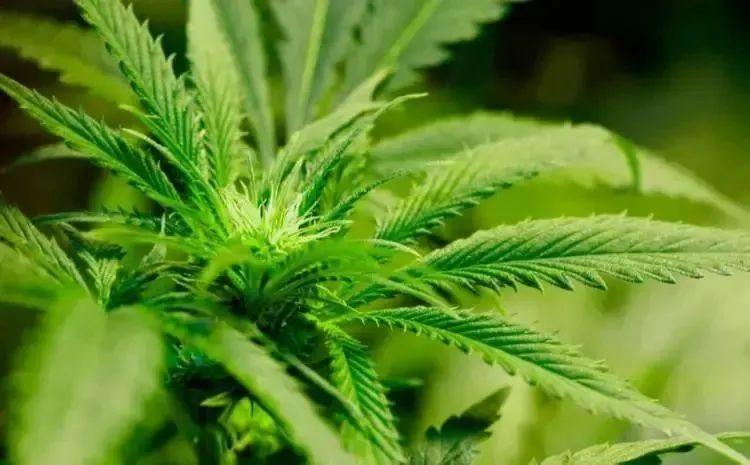
hemp in China has a cultivation history of at least 6,000 years and has many excellent hemp varieties. Since hemp does not have high requirements on land and climate, it can be grown on a large scale in most areas of our country. It is especially suitable for planting on hillside areas, wastelands and Saline-alkali land does not compete with grain, cotton, and oil for land.
Jute
The major international producing countries are India, Bangladesh, Nepal, Myanmar, Vietnam, Sudan, Egypt and Pakistan. India is the world’s largest jute producer, accounting for approximately 55% of global production. The jute producing areas in India are mainly distributed in the Ganges-Brahmaputra delta in West Bengal, Assam, Bihar and Orissa. Because jute likes moisture and heat, it likes to grow in fertile and well-drained land. The lower reaches of the Ganges River have fertile and well-watered soil due to alluvial action, which is very suitable for the growth of jute.
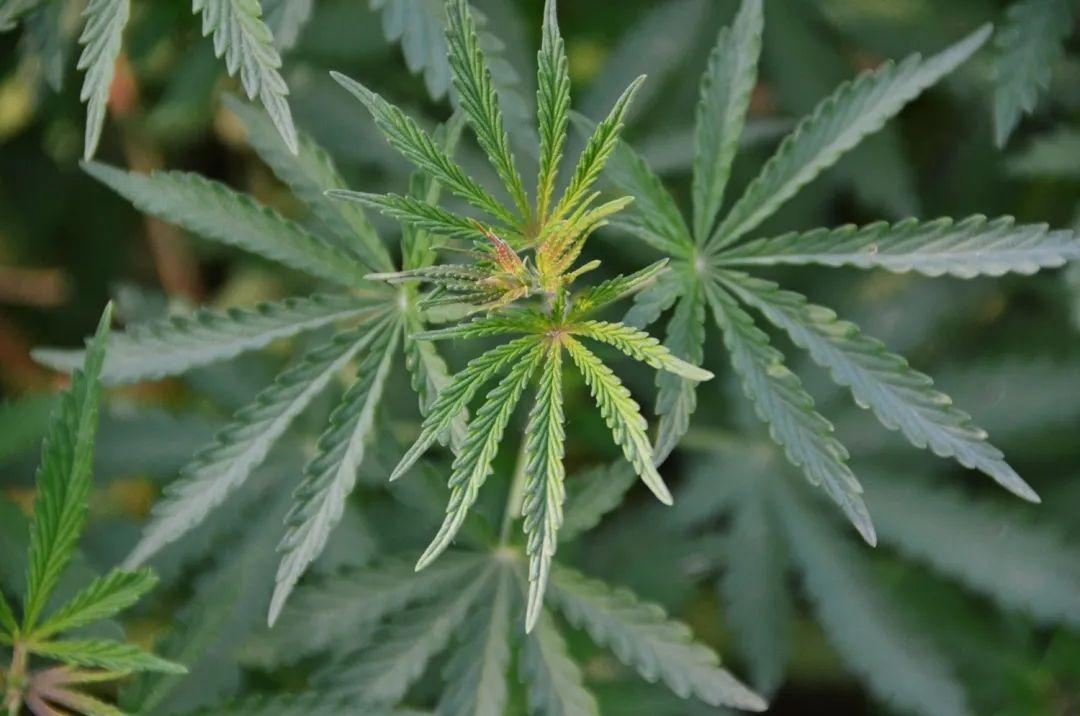
China currently grows more It is kenaf, commonly known as kenaf. Since the basic properties of kenaf fiber are very close to those of jute, kenaf is generally used as jute in textiles, or kenaf and jute are mixed. Kenaf fiber is thick and hard, and can only be used for spinning coarse linen yarn for packaging cloth. Therefore, the added value of the products produced is very low, and the amount used is still gradually decreasing.






